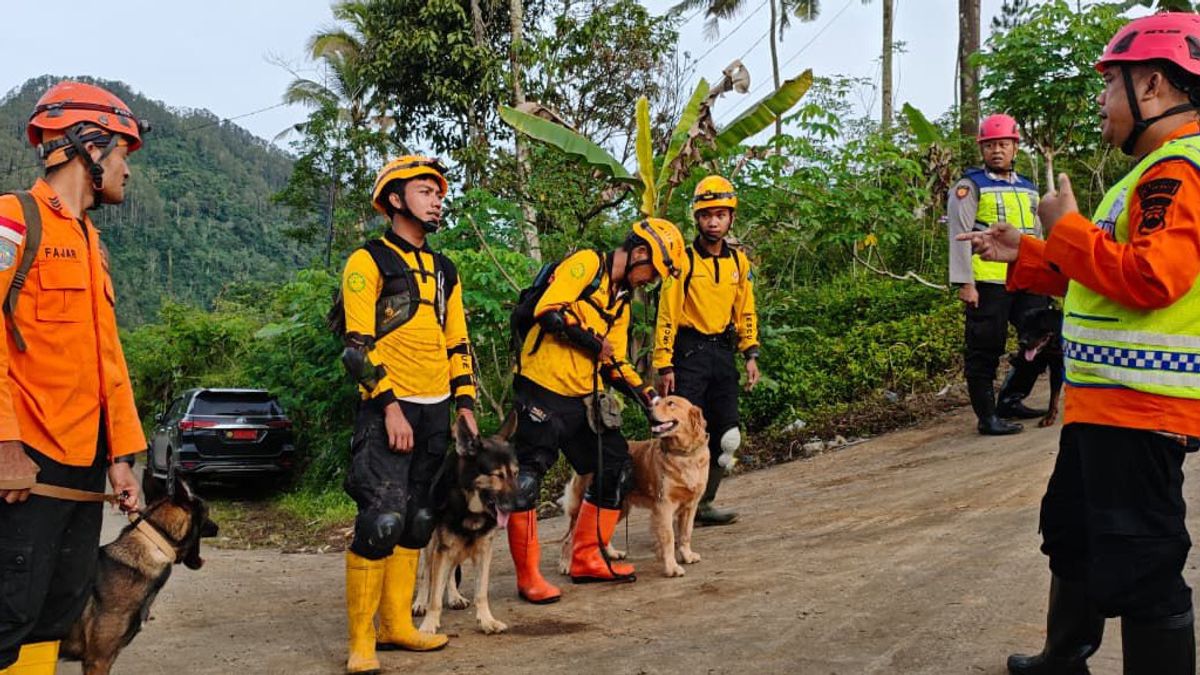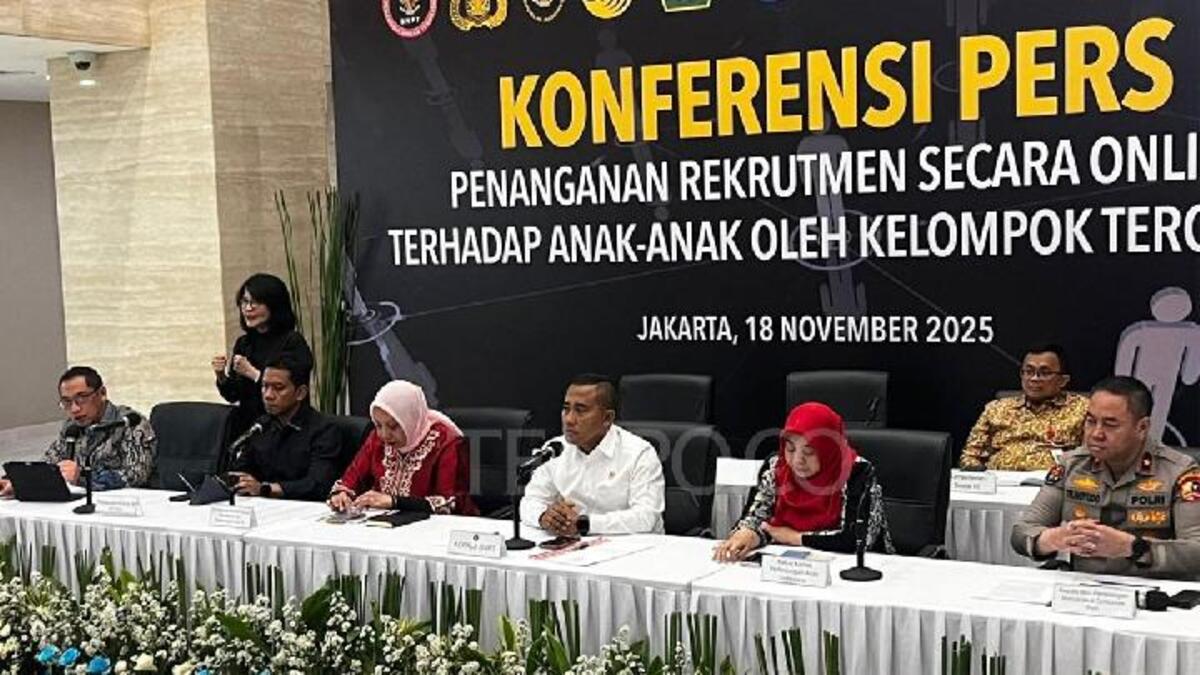Two Sumatran elephant deaths in Indonesia raise renewed alarm over conservation failures
Two Sumatran elephants have died in Lampung and Riau, prompting concern from conservation groups who warn that habitat loss, conflict and limited enforcement continue to threaten the species. Authorities are investigating both deaths amid calls for stronger safeguards.

- Two Sumatran elephants died in Lampung and Riau, raising concern among conservation groups.
- NGOs say habitat loss, conflict and poor enforcement remain major obstacles to protection.
- Authorities are investigating both deaths as conservationists renew calls for stronger safeguards.
LAMPUNG, INDONESIA: The deaths of two Sumatran elephants in Lampung and Riau have renewed concern over Indonesia’s conservation efforts.
According to The Jakarta Post, a 45-year-old elephant named Dona died at Way Kambas National Park on 18 November 2025.
Park veterinarians reported that Dona had a severe parasitic infection detected through early November blood tests. Despite treatment, her condition deteriorated.
The park described her death as a significant loss to its breeding and conservation programme.
In Riau, a two-year-old elephant died at Tesso Nilo National Park.
The cause remains unclear. Local teams said the animal showed no signs of external trauma, raising questions regarding disease or environmental stressors.
Environmental groups say the deaths reflect broader structural problems. KEHATI has warned that Sumatran elephants face intense pressure from habitat loss, conflict, disease and poaching, especially in Lampung and Riau where fragmentation is acute.
TFCA-Sumatera has repeatedly identified “unnatural elephant deaths” as one of the greatest threats to the species. The organisation’s recent policy notes call for strengthened anti-poaching patrols, improved monitoring and restoration of degraded habitat corridors.
WWF-Indonesia has documented more than 120 elephant deaths in Riau since 2004, with only one case leading to prosecution. It highlights weak enforcement and expanding plantation development as persistent factors in rising mortality.
Local reporting by Kompas notes 23 elephant deaths in Tesso Nilo between 2015 and June 2025.
Many were linked to poisoning, snares and habitat encroachment.
Conservationists argue these patterns show the urgency of stronger monitoring and community conflict-mitigation measures.
Way Kambas National Park remains one of Sumatra’s key refuges, with approximately 261 elephants according to park data reported by Kompas.
Conservationists say even natural deaths can destabilise herd structure and strain breeding efforts.
Government authorities state that investigations into both deaths are ongoing.
The Directorate General of Law Enforcement at the Ministry of Environment and Forestry told Antara News that elephant mortality cases remain under review.
Conservation organisations argue that investigations must lead to practical reforms, including strengthened law enforcement, protection of wildlife corridors and long-term funding for patrols.
They warn that without stronger action, the critically endangered Sumatran elephant may continue to decline.
NGOs also stress the need for community programmes that address human–elephant conflict, particularly in plantation border zones where habitat conversion has been most severe.
They say collaboration between local communities, government agencies and private landholders is essential for sustainable recovery.







0 Comments